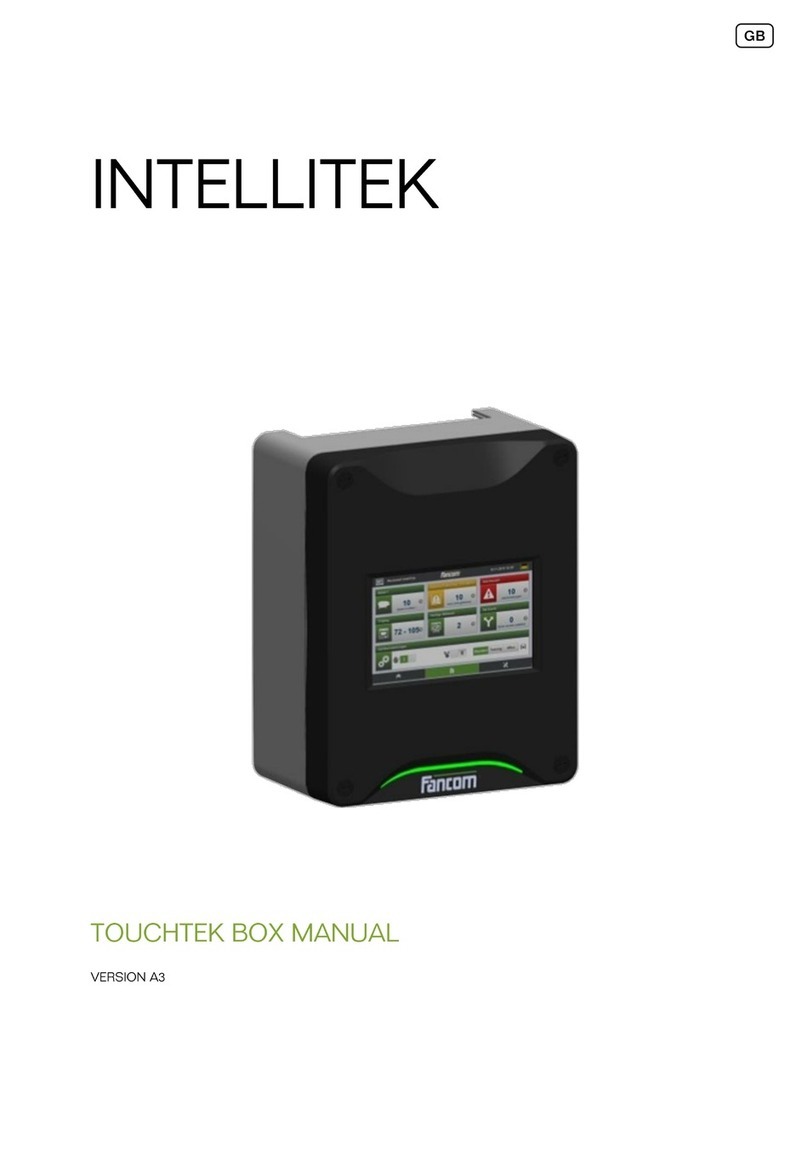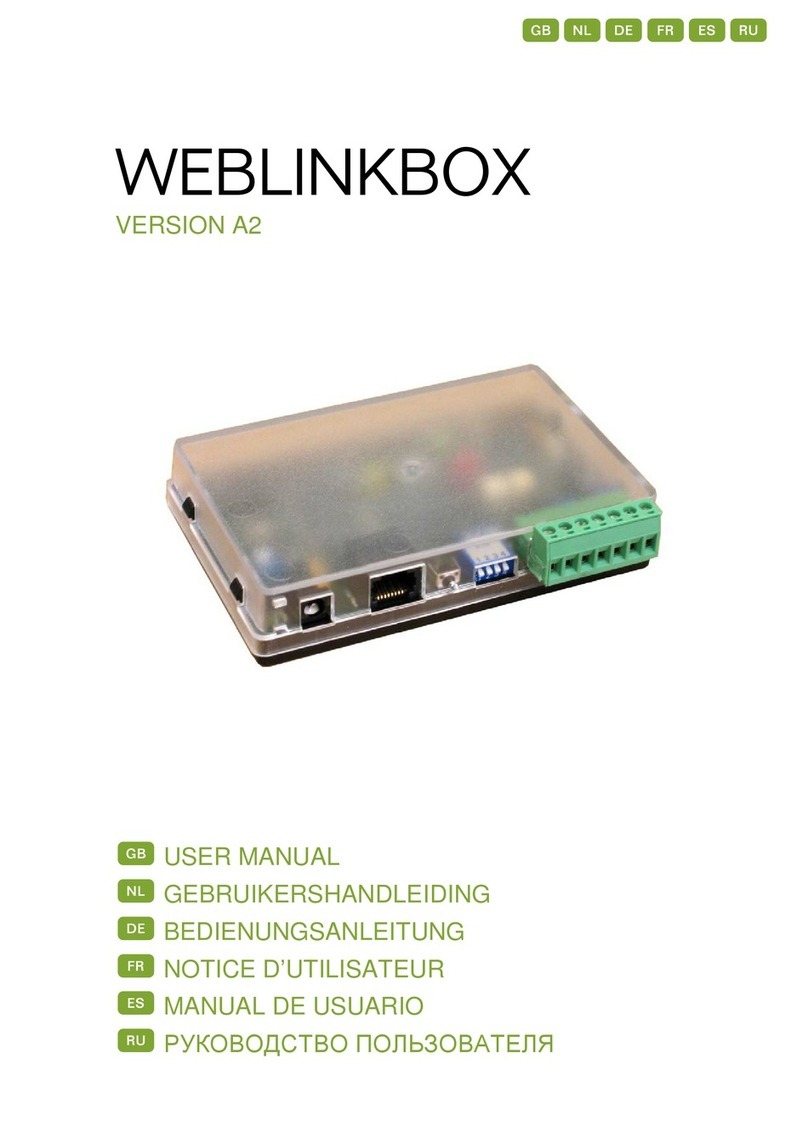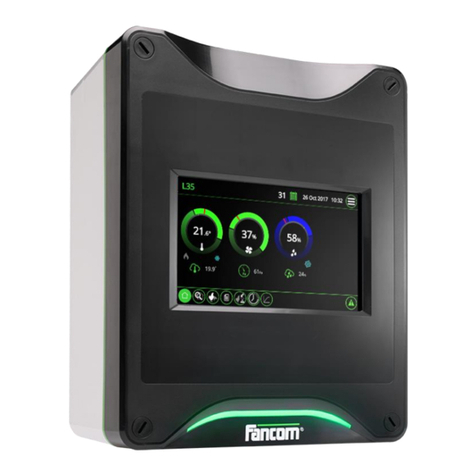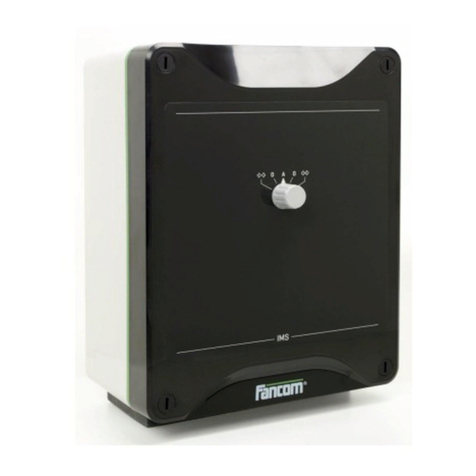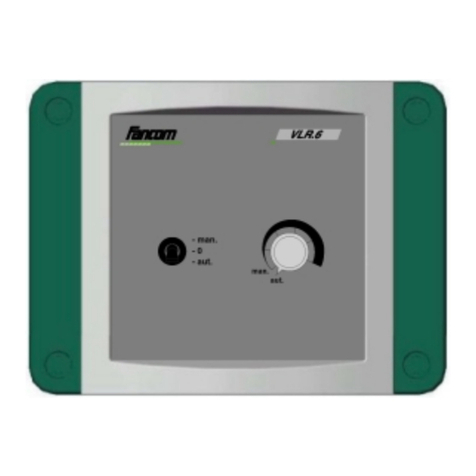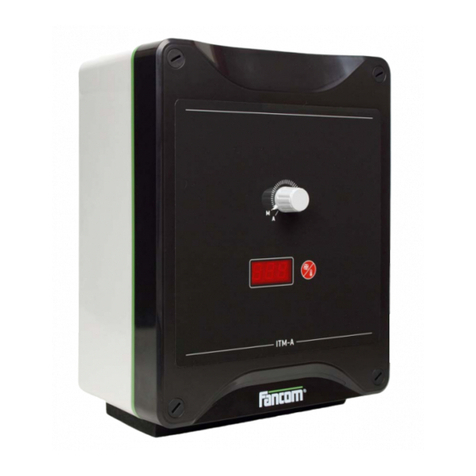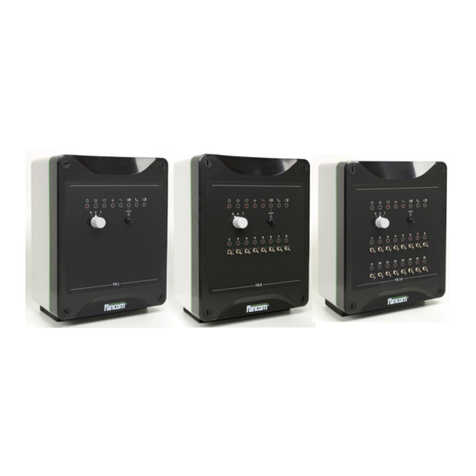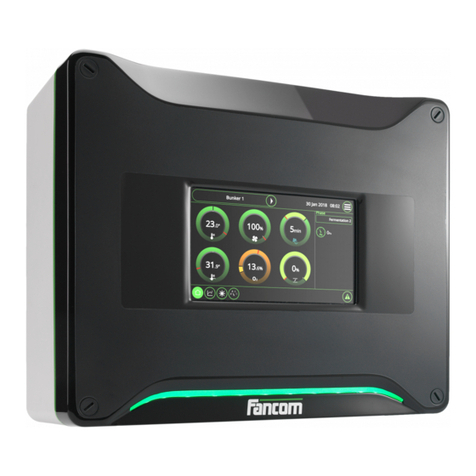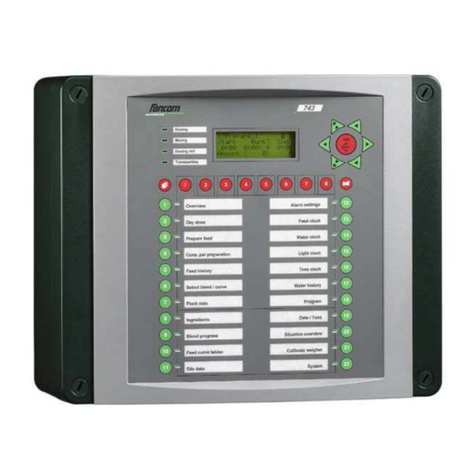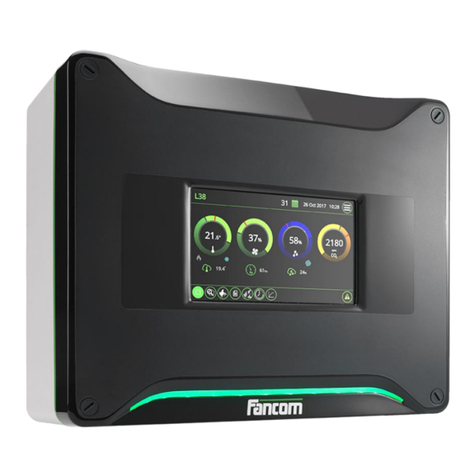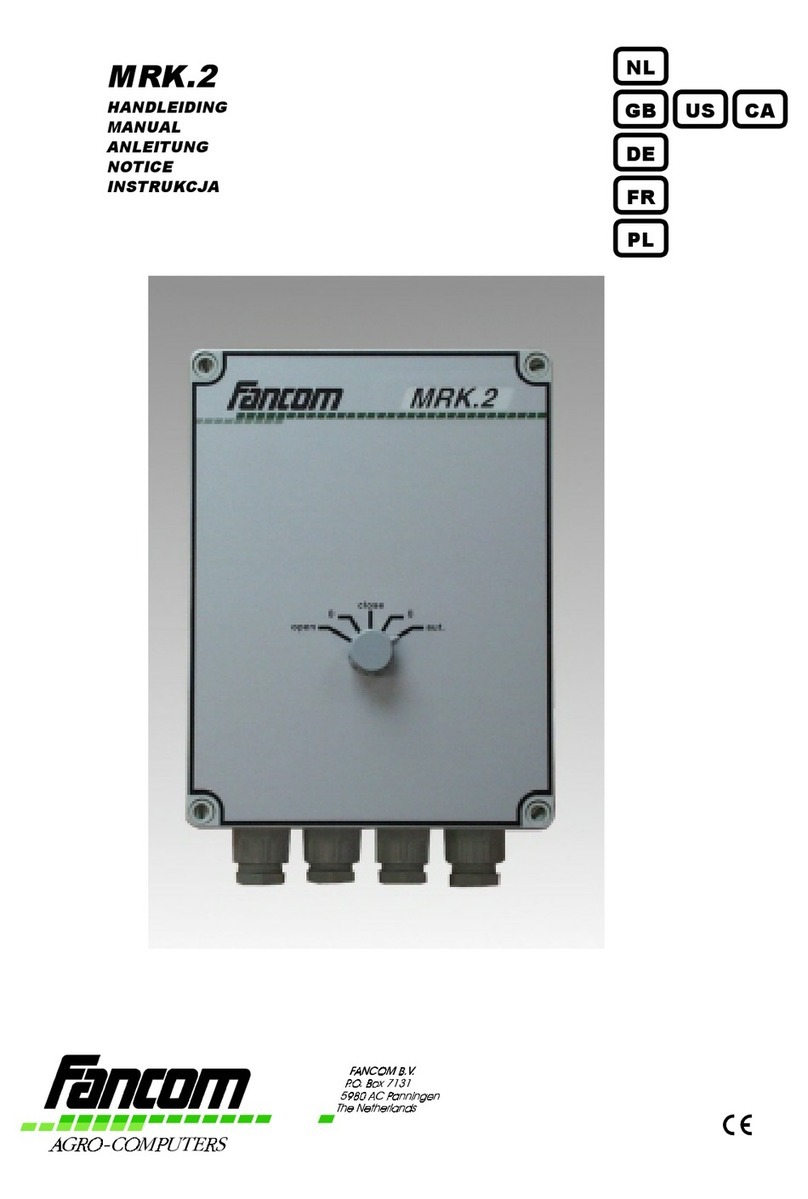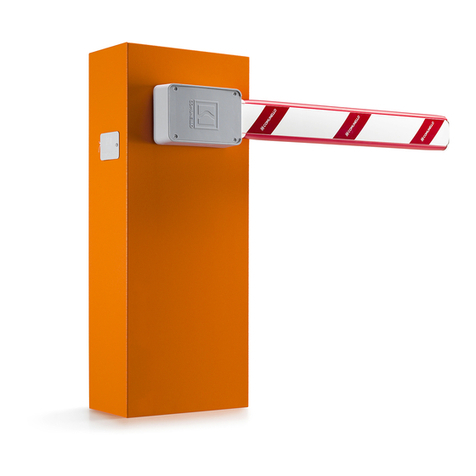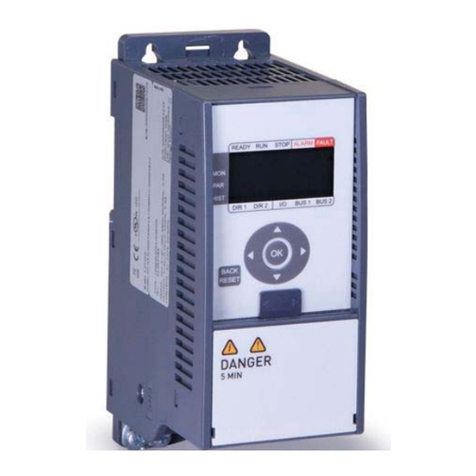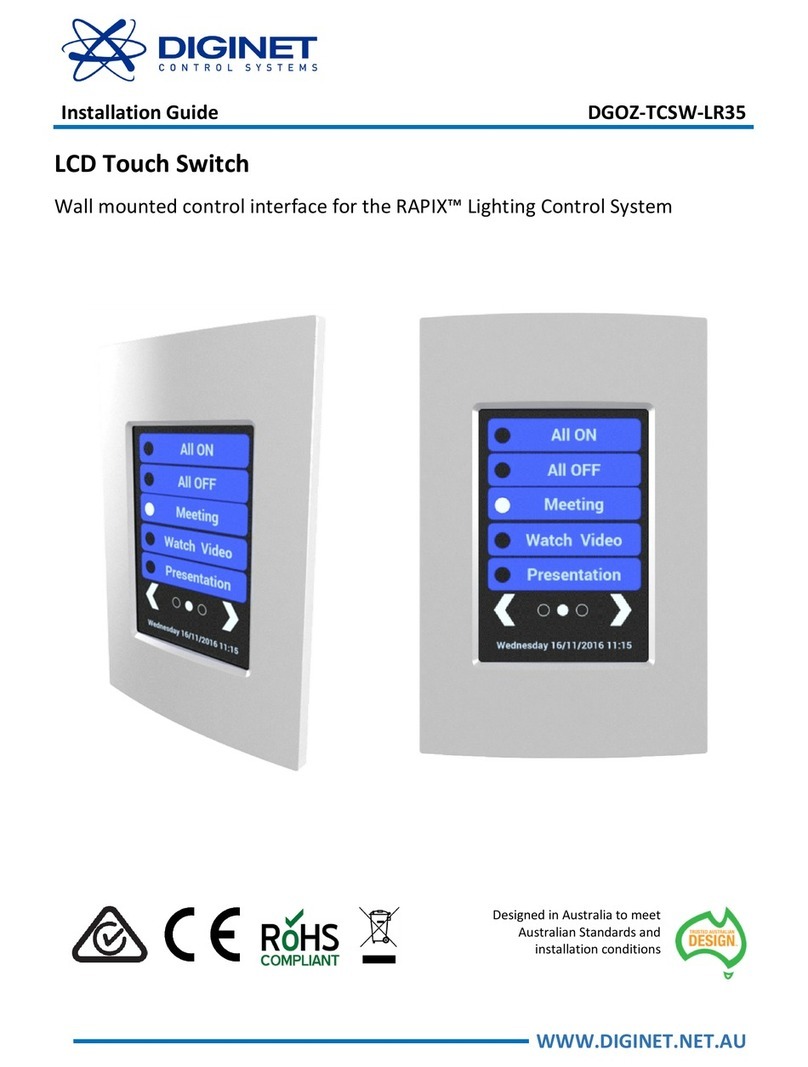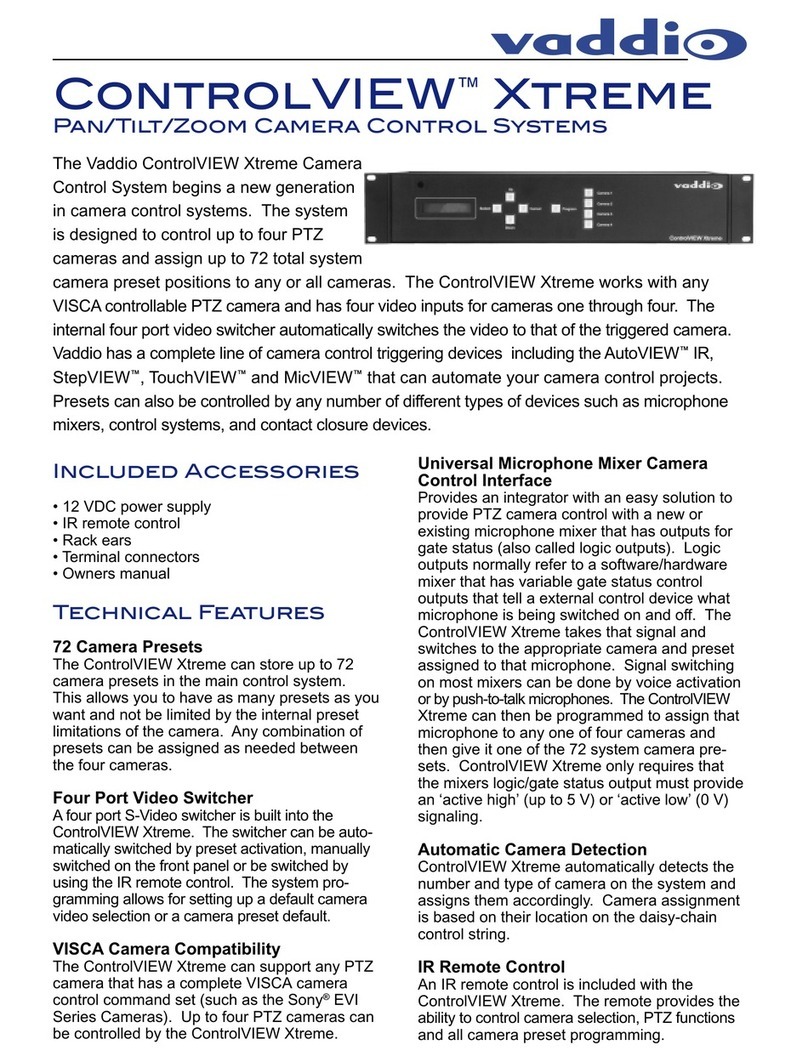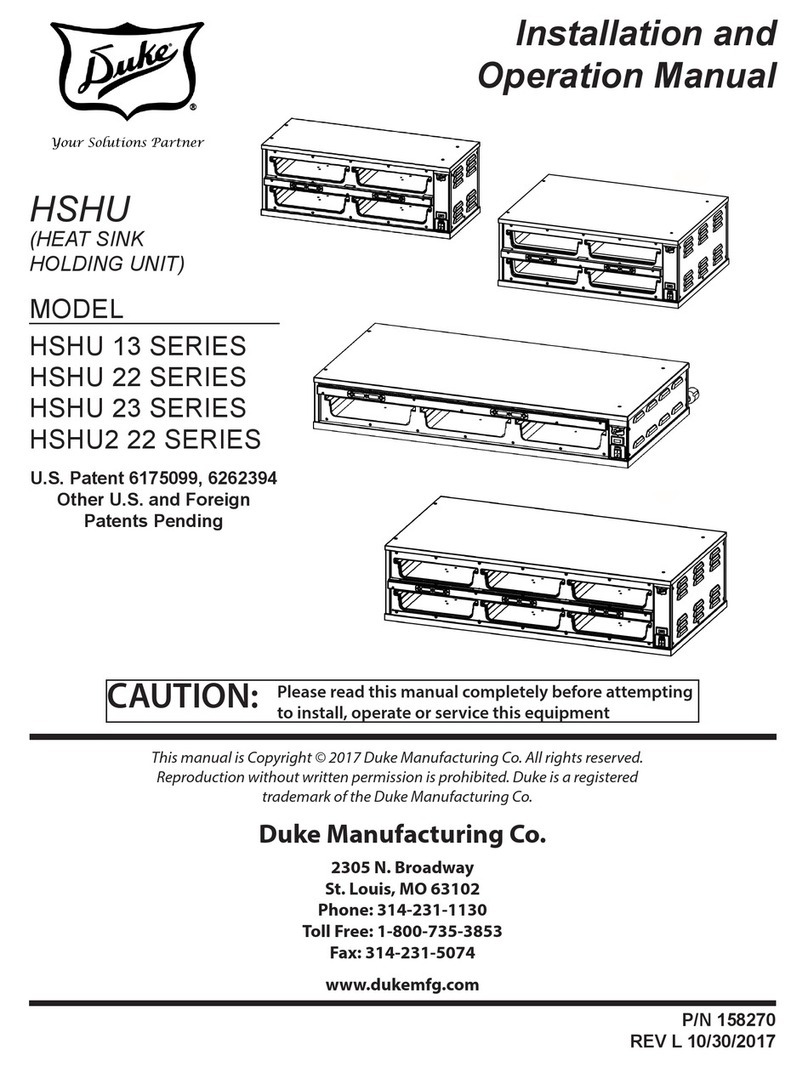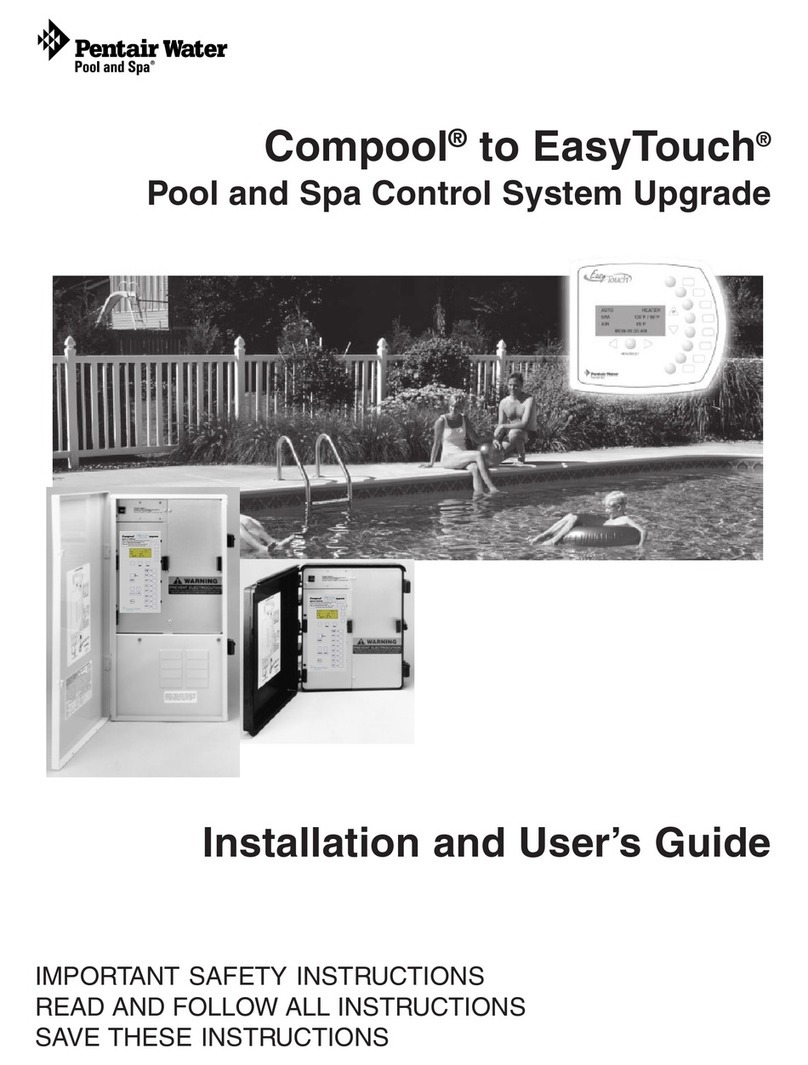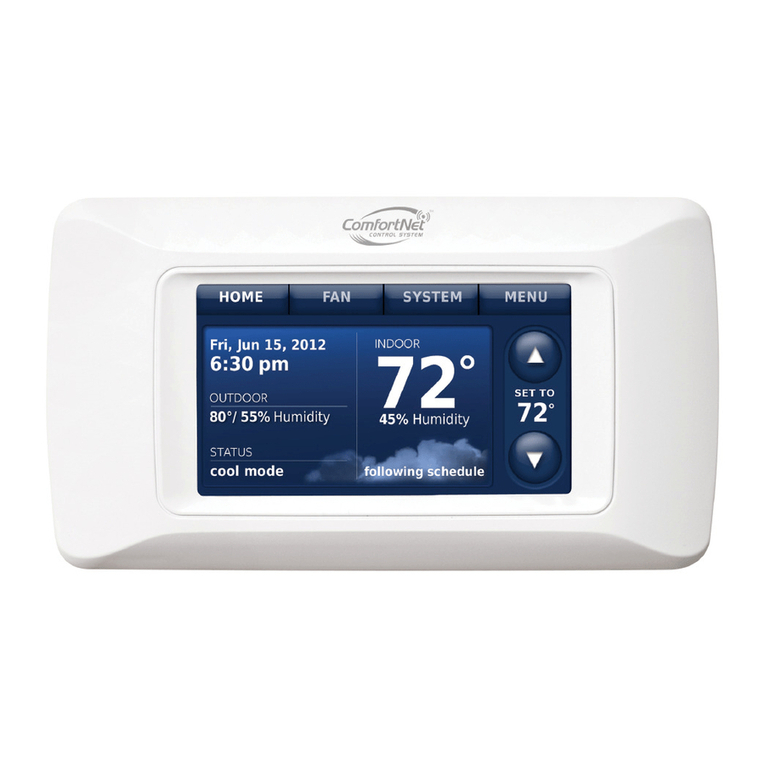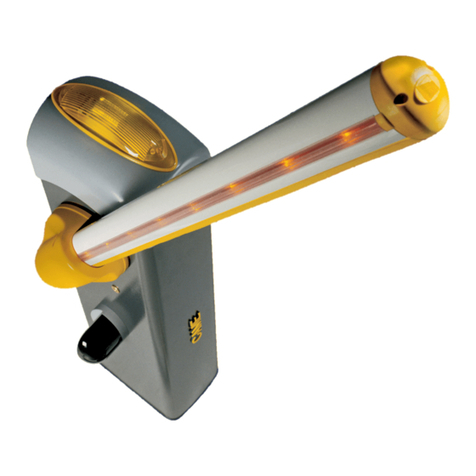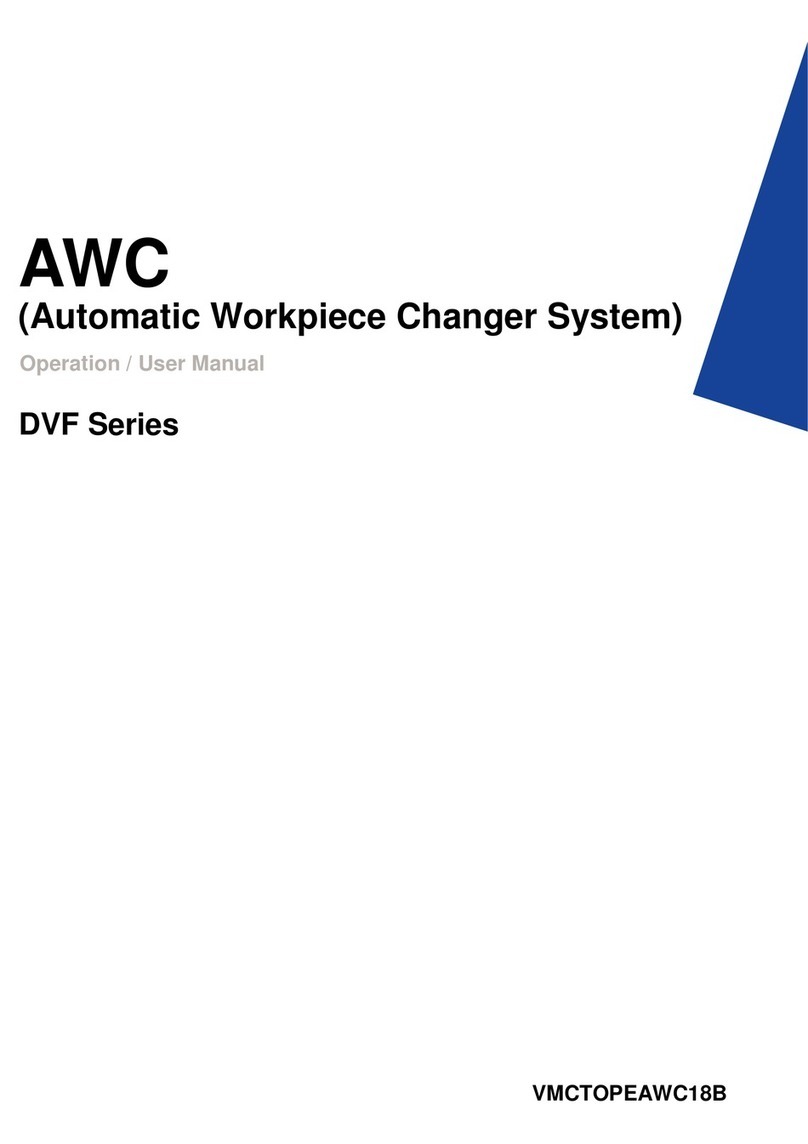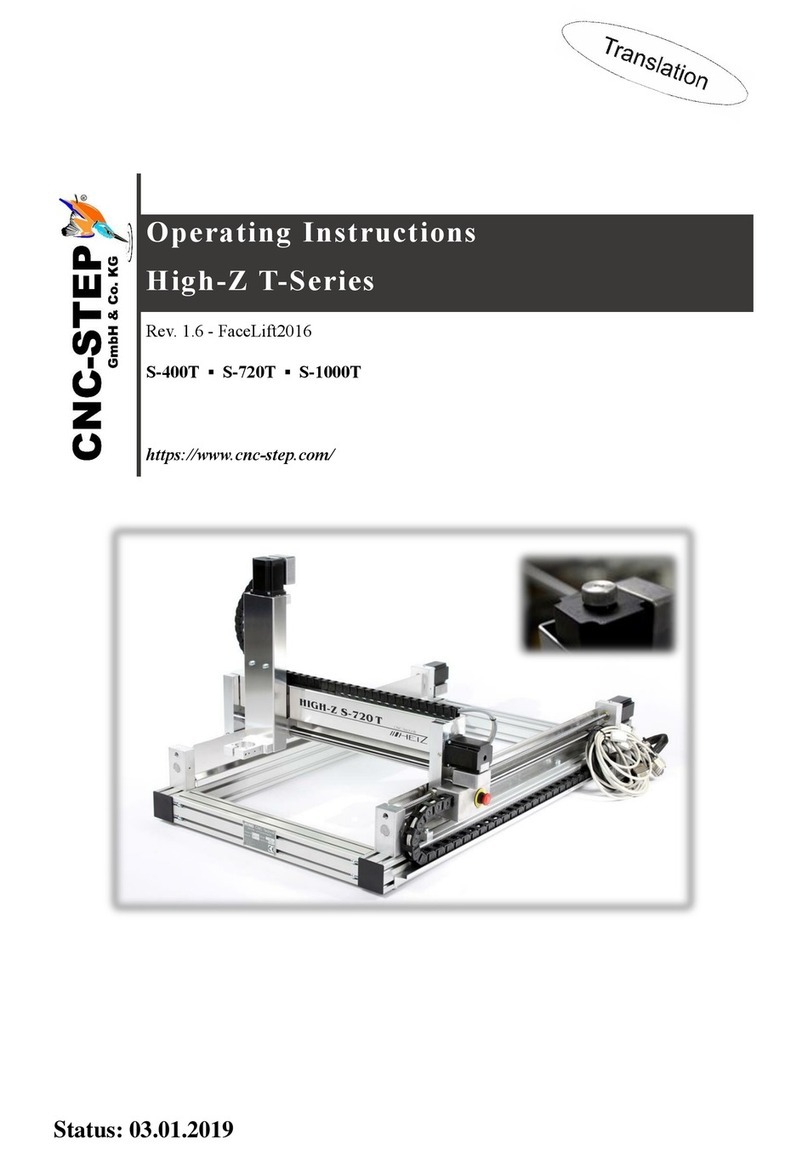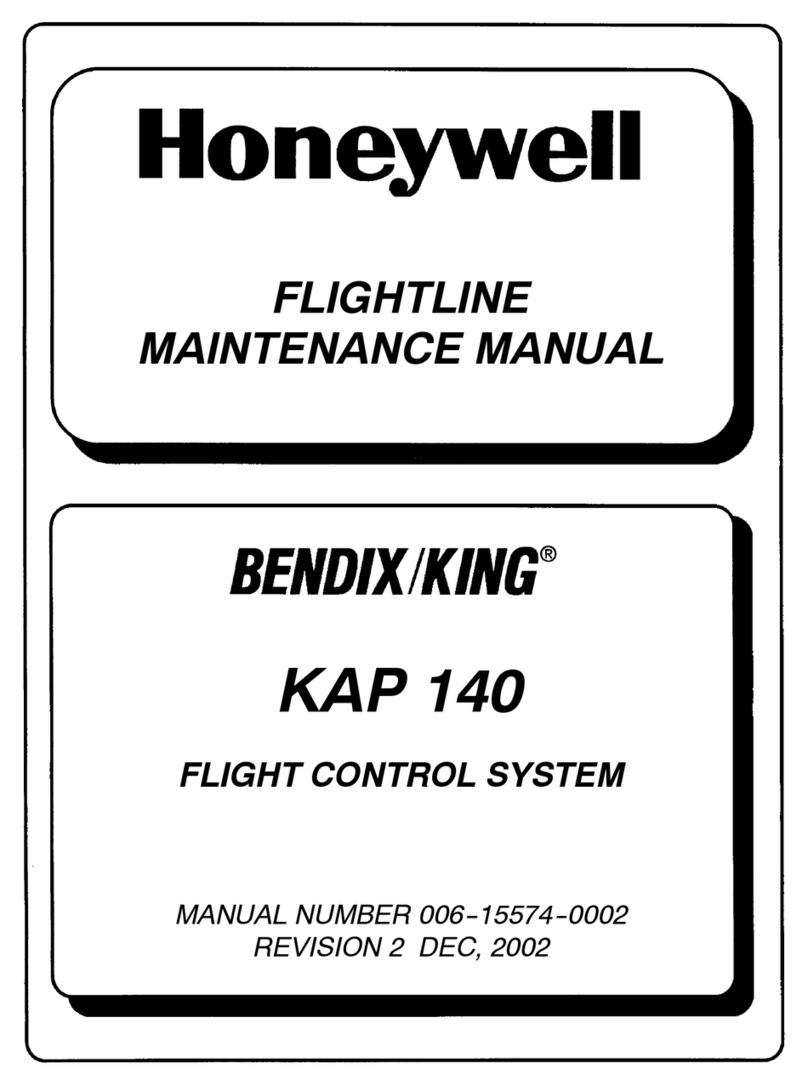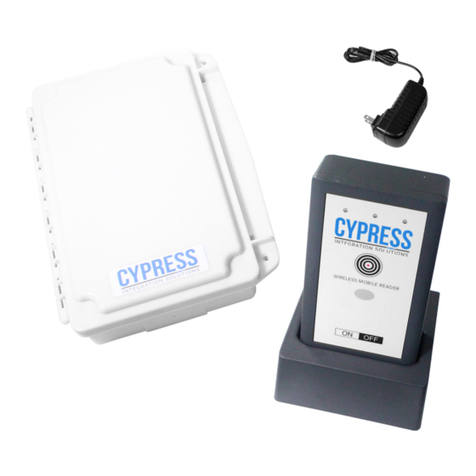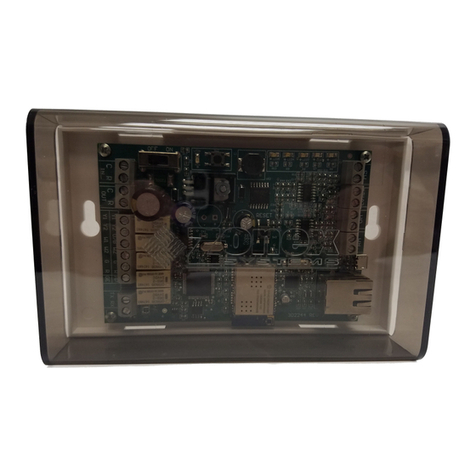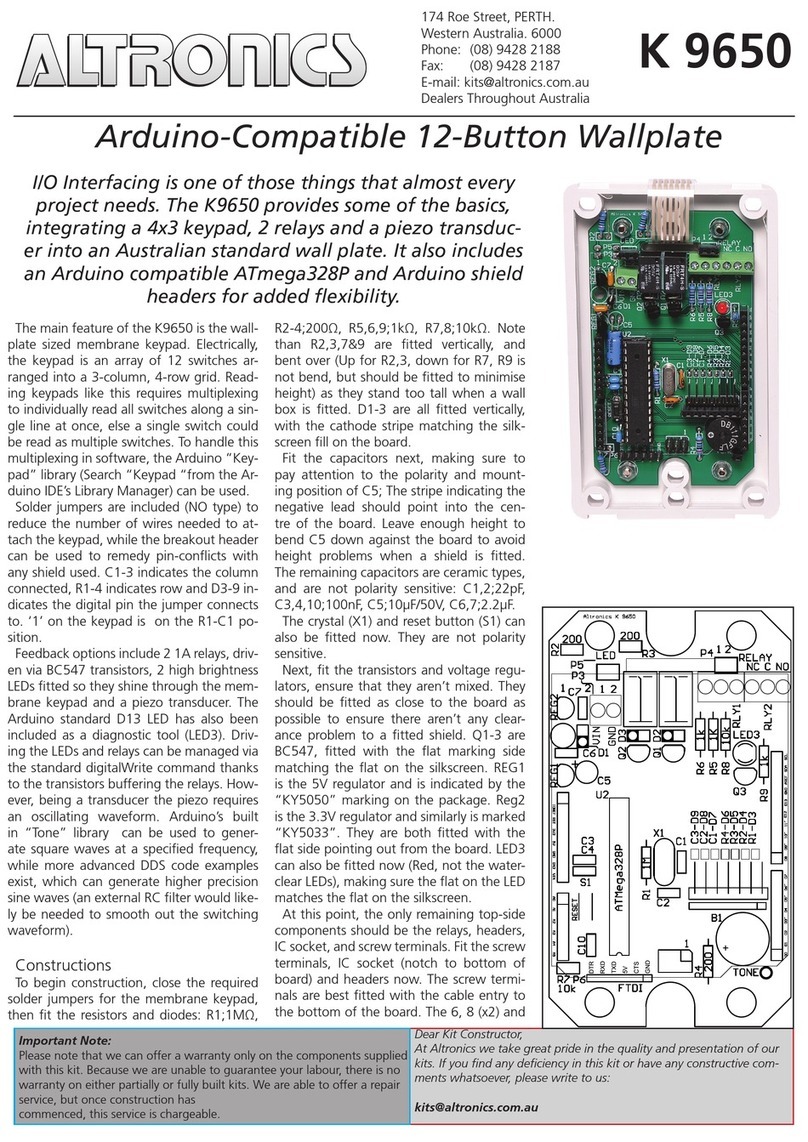
Lumina 71 Table of contents
i
Table of contents
1. General introduction .................................................................................................................................. 1
1.1 Documentation with the control computer.......................................................................................1
1.2 How to use this manual..................................................................................................................1
1.3 Shortcuts ........................................................................................................................................2
1.4 Switch between sections and feed places......................................................................................2
1.5 Fancom helpdesk........................................................................................................................... 2
1.6 F-Central FarmManager™..............................................................................................................2
2. Overview...................................................................................................................................................... 3
3. Basic principles.......................................................................................................................................... 6
3.1 Feeding methods............................................................................................................................6
3.2 Feed curves....................................................................................................................................6
3.3 Feed cycles ....................................................................................................................................9
3.4 Recalculation after changing data ................................................................................................ 10
4. Control computer...................................................................................................................................... 11
4.1 Main menu.................................................................................................................................... 11
5. Process overview ..................................................................................................................................... 12
5.1 Overview....................................................................................................................................... 12
5.2 Weigher........................................................................................................................................ 12
5.3 Transport...................................................................................................................................... 13
5.4 Time clock .................................................................................................................................... 14
5.5 Manual.......................................................................................................................................... 14
5.6 Process......................................................................................................................................... 15
6. Feed feeding place ................................................................................................................................... 17
6.1 Overview....................................................................................................................................... 17
6.2 Curve FP ...................................................................................................................................... 17
6.3 Set FP........................................................................................................................................... 18
6.4 Dose %......................................................................................................................................... 20
6.5 Section.......................................................................................................................................... 20
6.6 Copy............................................................................................................................................. 22
7. Silo and Feed ............................................................................................................................................ 23
7.1 Silo overview ................................................................................................................................ 23
7.2 Ingredient overview....................................................................................................................... 24
7.3 Bulk............................................................................................................................................... 25
8. Time clock................................................................................................................................................. 26
8.1 Overview....................................................................................................................................... 26
9. Registration general................................................................................................................................. 27
9.1 Ingredient...................................................................................................................................... 27
9.2 Registration input.......................................................................................................................... 28
10. Set alarm ................................................................................................................................................... 29
10.1 Ingredient...................................................................................................................................... 29
10.2 FP Cons........................................................................................................................................ 29
10.3 External input................................................................................................................................ 30
11. Animals feed place................................................................................................................................... 31
11.1 Overview....................................................................................................................................... 31
11.2 FP................................................................................................................................................. 31
11.3 Set up........................................................................................................................................... 32
11.4 Mortality........................................................................................................................................ 33
11.5 Move............................................................................................................................................. 34

